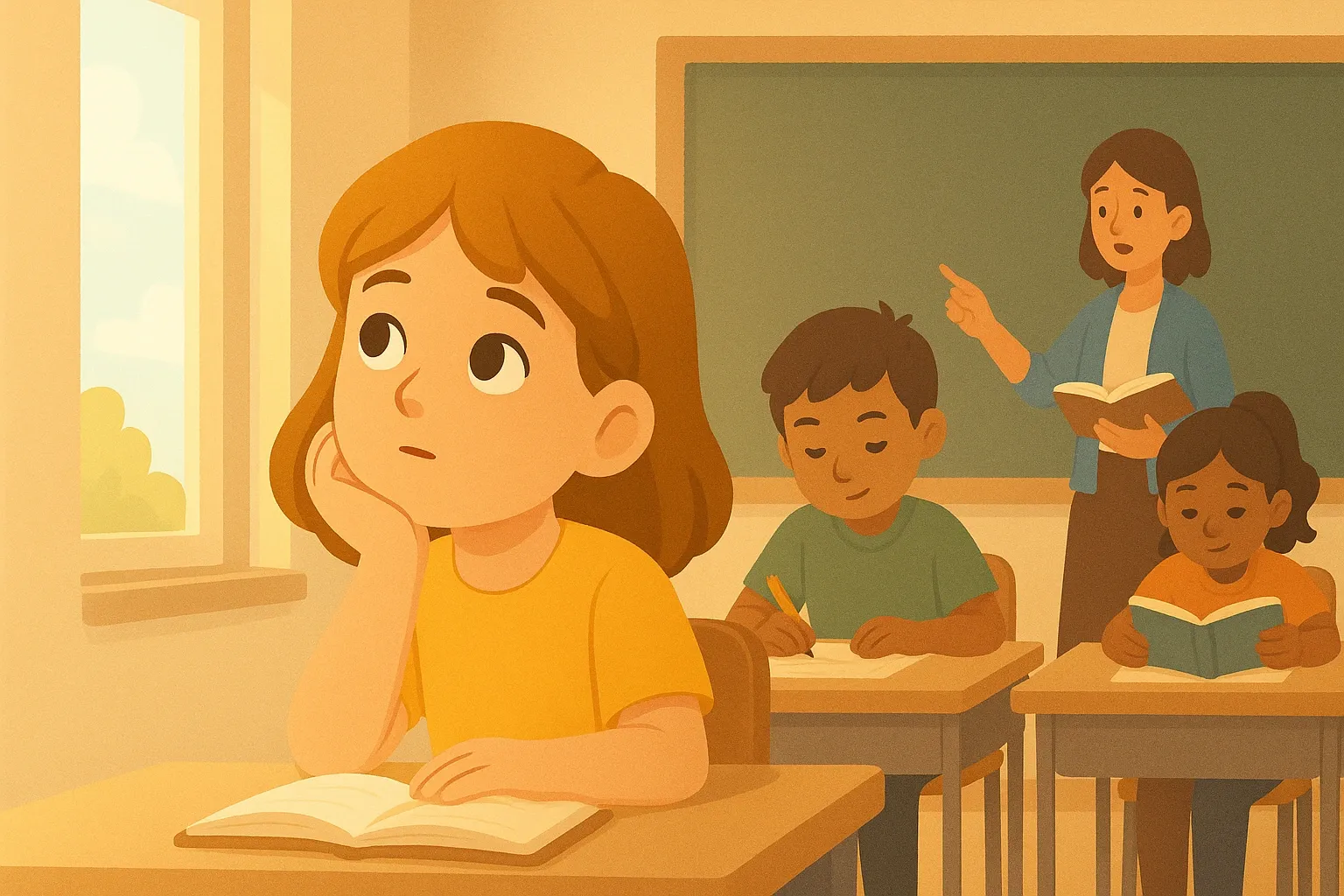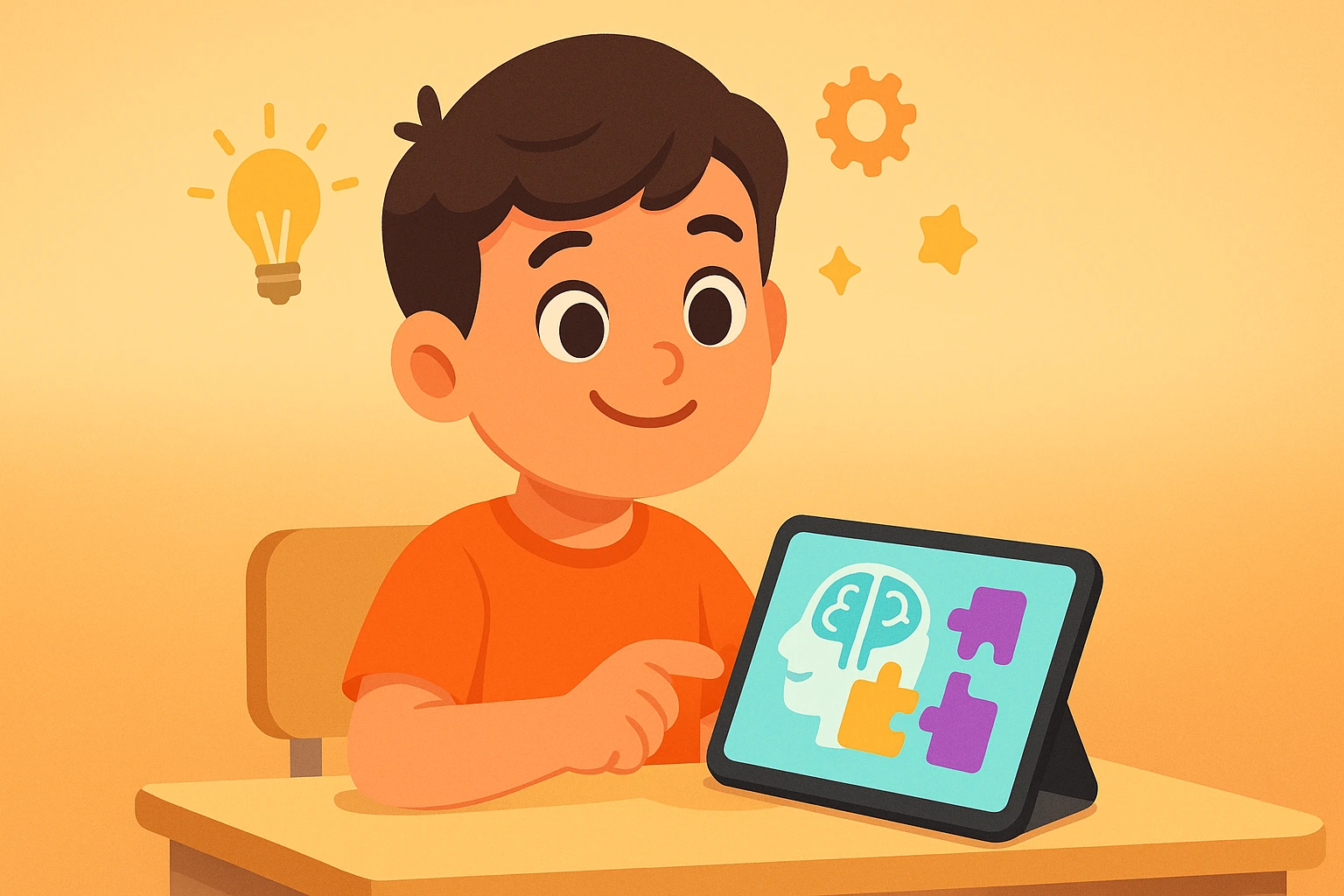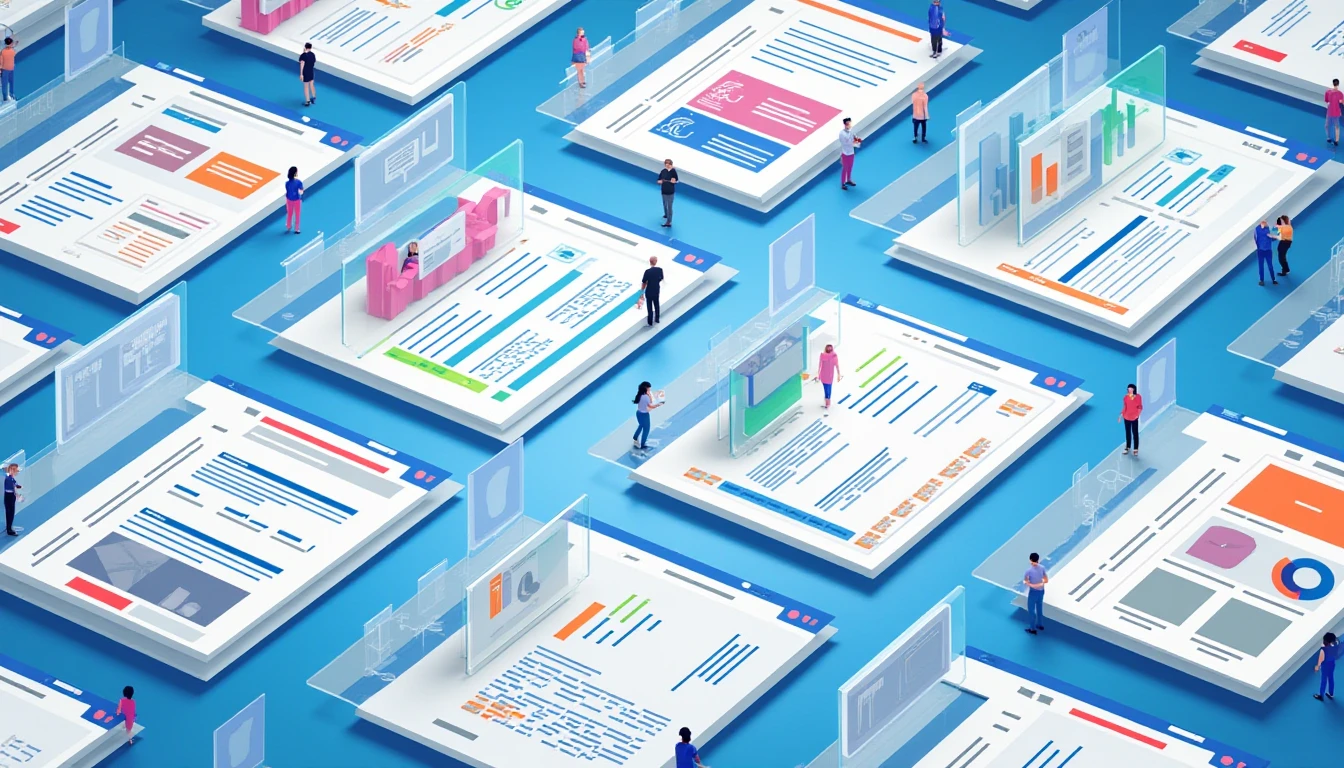Attention Deficit Hyperactivity Disorder is often linked with boys because they typically display hyperactive and impulsive behaviors. Girls, on the other hand, frequently experience ADHD in quieter, less obvious ways. This difference in presentation is one reason many girls go undiagnosed for years.
While a boy might be noticed for constant movement or interrupting class, ADHD symptoms in girls might look as sitting quietly yet struggling with focus, organization, and emotional regulation. These difficulties are often mistaken for personality traits rather than symptoms of a neurodevelopmental condition.
The result? Girls may receive help much later — sometimes not until adolescence or adulthood — by which point academic and emotional struggles have already taken root.

Why ADHD in Girls Often Goes Unrecognized
Several factors contribute to underdiagnosis in girls:
- Stereotypes: ADHD is still seen by many as a “boy’s condition,” leading teachers and caregivers to overlook symptoms in girls.
- Symptom presentation: Girls show inattentive and internalized signs rather than disruptive behaviors.
- Compensation strategies: Many girls work harder to stay organized or hide their struggles, delaying evaluation.
Because of these factors, girls may experience years of frustration before receiving an accurate diagnosis. Early awareness and screening are key to changing this pattern.
Key Warning Signs of ADHD in Girls
While every child is unique, certain behaviors are commonly seen in girls with ADHD. Recognizing these signs early helps parents and educators decide when to seek professional evaluation:
- Inattention and Distractibility: Losing things, daydreaming, forgetting instructions, or struggling to finish assignments.
- Emotional Sensitivity: Frequent mood swings, tears over minor setbacks, or feeling easily hurt by criticism.
- Quiet Hyperactivity: Instead of running around, constant fidgeting, tapping feet, or doodling in notebooks.
- Organizational Difficulties: Messy backpacks, late homework, or inability to manage schedules effectively.
- Social Struggles: Trouble keeping friends, interrupting conversations, or feeling rejected easily.
Boys vs. Girls — Common ADHD Symptom Differences
| Symptom Category | Typical in Boys | Typical in Girls |
| Hyperactivity | Running, climbing, loud play | Fidgeting, shifting in seat, doodling |
| Impulsivity | Interrupting, acting without thinking | Talking excessively, emotional outbursts |
| Inattention | Losing focus in class | Daydreaming, appearing “spacey” |
| Organizational Challenges | Forgetting homework | Messy rooms, losing personal items |
| Emotional Sensitivity | Less commonly highlighted | Easily hurt, mood swings, anxiety |
Why Early Action Matters
Early recognition prevents years of unnecessary academic and emotional challenges. Girls who remain undiagnosed often develop low self-esteem or anxiety from feeling “different” yet not understanding why.
By spotting symptoms early, parents and teachers can ensure girls receive:
- Professional assessment for accurate diagnosis
- Support at school with tailored learning strategies
- Practical tools to manage emotions, attention, and organization
How to Seek Professional Evaluation
Recognizing ADHD symptoms is only the first step. The next one involves getting a professional assessment to understand a child’s needs fully. Pediatricians, child psychologists, or developmental specialists use standardized tools, behavioral checklists, and interviews with parents and teachers to form an accurate diagnosis.
Key points for parents and caregivers:
- Track symptoms over time: Note how often behaviors occur and in which settings — school, home, social activities.
- Gather input from teachers: Educators often provide valuable insights since they observe children in structured learning environments.
- Request a comprehensive evaluation: This may include rating scales, interviews, and sometimes cognitive testing to rule out other conditions.
A professional diagnosis not only explains the child’s struggles but also opens doors to school accommodations, therapy options, and behavior management strategies.
Reliable Resources for Support
Several organizations offer credible information and support for families navigating ADHD in girls:
- Child Mind Institute: Guides on ADHD symptoms, treatment options, and family support.
- CHADD (Children and Adults with Attention-Deficit/Hyperactivity Disorder): Advocacy, education, and community resources.
- Verywell Mind: Articles explaining ADHD in girls and women with practical advice.
- NHS (UK): Clear explanation of ADHD symptoms and treatment for children and young people.
Using trustworthy sources ensures parents receive accurate, evidence-based information rather than conflicting advice from unverified platforms.
Supporting Girls After Diagnosis
Diagnosis is not the end — it’s the beginning of building effective support systems. Girls with ADHD often benefit from:
- Structured routines: Visual schedules and clear expectations reduce stress.
- Break tasks into steps: Large assignments become less overwhelming when divided into smaller pieces.
- Emotional support: Positive reinforcement and open conversations help build confidence.
- Teacher collaboration: Sharing strategies ensures consistency across home and school.

Boosting Brain Abilities with Mind Elevate
Digital tools like Mind Elevate offer engaging ways to improve focus, memory, and attention span. Designed for learners of all ages, this app combines cognitive science with game-based exercises for measurable results.
Key Features of Mind Elevate:
- 35+ brain training games in areas such as Memory, Attention, Logic, Math, and Music.
- Personalized assessment at the start to tailor the training plan to each user.
- Daily challenges and workout plans available in the premium version for consistent practice.
- Progress tracking to help learners stay motivated over time.
For example, games like Escape the Maze for attention or Portal Match for memory allow users to train specific cognitive skills in just a few minutes daily. For girls with ADHD, this extra support can complement traditional interventions, giving them practical tools to sharpen focus and organization.
Practical Steps for Families
| Action | Goal | Tool or Strategy |
| Track symptoms regularly | Support accurate diagnosis | Behavior journals, teacher feedback |
| Request professional evaluation | Understand full needs | Pediatrician or psychologist visit |
| Build structured routines | Reduce stress, improve focus | Visual schedules, reminders |
| Use brain training exercises | Strengthen memory and attention | Mind Elevate app |
| Collaborate with teachers | Ensure consistent support | Parent-teacher meetings |
Practical Tips for Parents and Caregivers
After diagnosis or even during the observation stage, consistent home and school strategies can greatly help girls with ADHD. Parents and caregivers can focus on small, structured steps that make daily life smoother and less stressful.
- Create visual reminders: Use wall calendars, sticky notes, or digital reminders to help children remember assignments and routines.
- Break down instructions: Giving one step at a time prevents overwhelm and frustration.
- Offer positive reinforcement: Celebrate small successes with praise or rewards to build confidence.
- Set up quiet spaces: A clutter-free study corner reduces distractions and improves focus.
- Encourage physical activity: Short exercise breaks improve attention and help manage restlessness.
These strategies work best when combined with open communication between parents, teachers, and healthcare providers.
Why Early Recognition Changes Everything
Girls with ADHD often mask their struggles, which delays diagnosis and support. Early identification prevents issues like academic underachievement, social withdrawal, anxiety, and low self-esteem from escalating over time.
Prompt action ensures girls receive:
- Tailored learning support in schools
- Emotional and behavioral tools for managing challenges
- Opportunities to build confidence through practical skills and encouragement
Combining professional help with tools like Mind Elevate gives families extra ways to strengthen focus, memory, and problem-solving abilities — skills essential for long-term success.
ADHD Support Roadmap for Families
| Step | What to Do | Benefits for the Child |
| Observation Stage | Track symptoms in multiple settings | Clear understanding of behaviors |
| Evaluation and Diagnosis | Seek pediatric or psychological review | Accurate identification, early help |
| Home Strategies | Use routines, positive reinforcement | Better organization, less stress |
| School Collaboration | Share plans with teachers | Consistent academic support |
| Cognitive Training Tools | Try apps like Mind Elevate | Stronger attention and memory skills |
Empowering Girls with ADHD
Recognizing ADHD symptoms in girls is the first step toward stronger academic, emotional, and social development. With early diagnosis, supportive environments, and brain training resources such as Mind Elevate, families can give children the tools they need to thrive.
Each small action — from structured routines to daily cognitive exercises — helps reduce frustration, build confidence, and unlock potential. Awareness and timely support ensure girls with ADHD grow up feeling capable and empowered rather than misunderstood.



